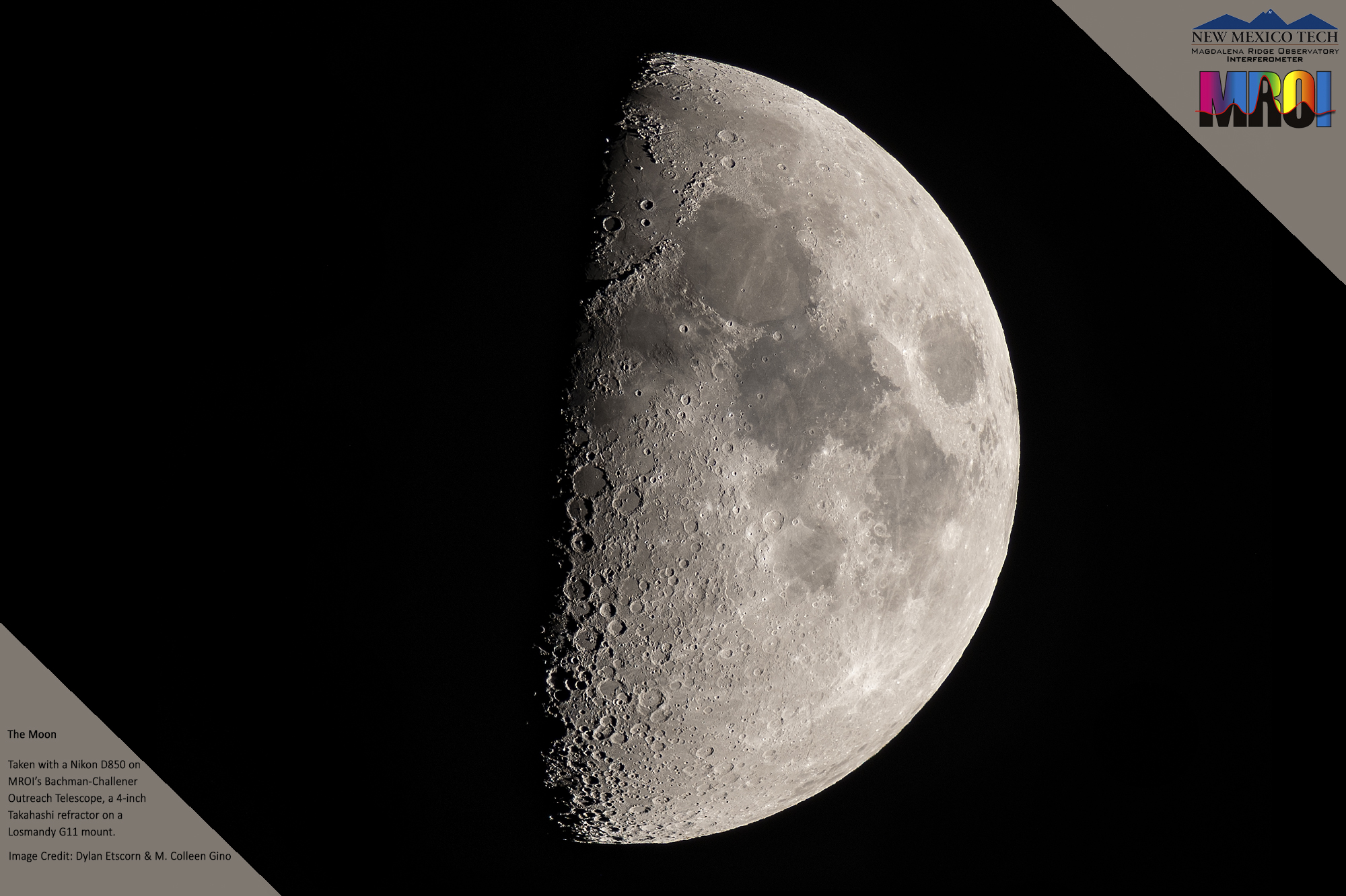Ever wonder how many Wanderers you can see in the sky at once? This coming week you may just find out!
Look to the south about an hour before sunrise this week and you may see the Wanderers Mercury, Venus, Mars, Saturn, and Jupiter spread across the sky from the ENE to the WSW. All but Mercury should be visible to the naked-eye; for Mercury you’ll need binoculars or a small telescope. You’ll also need a very clear horizon without obstructions, as Mercury and Jupiter will be quite low in the sky.
Why do we refer to the planets as the Wanderers? Ancient Greek astronomers were keen observers of the night sky, and noted that there were a handful of celestial objects that moved relative to the background of “fixed” stars. These “planetai”, as they were called, traveled along a fairly narrow band of the sky around the ecliptic, the imaginary line that marks the annual path of the Sun. Planetai is translated as wanderers; the name planet comes from this Greek word.
Starting low in the ENE sky we find Mercury, named after the ancient Roman Mercurius, god of financial gain, commerce, and travelers. Being the closest planet to the Sun, Mercury is quite a speedy traveler, completing its orbit around the Sun in a mere 88 days. Mercury will be less than 5° degrees above the horizon and 15° degrees to the east of Betelgeuse, a bright red giant star in the constellation of Orion the hunter. This is where the trick of using your hand as a measurement tool will come in handy. When you make a fist and extend your arm all the way out, the distance between your pointer and pinky finger knuckles is about 5°. With this in mind, you can expect Mercury to be about a fist above the horizon and three fists to the left of Betelgeuse.
Next in our line of Wanderers is the brilliant planet Venus, goddess of beauty and love in Roman mythology. Venus will be easy to spot not only because it is the brightest object you will see in this part of the sky, but because it lies only 4° away from Aldebaran, a bright red giant star that marks the eye of Taurus the bull.
Taking center stage in our group is the red planet Mars, which can be found 55° degrees above the SSE horizon. In ancient Roman myth, Mars was the god of war; perhaps this planet was associated with war and bloodshed due to its strikingly reddish hue. The red hue of Mars is easily distinguishable now, and will become more so as it approaches opposition, the point in its orbit when the Earth is directly between it and the Sun, on October 13th of this year.
The ringed beauty Saturn is next on our list. Saturn is named after the Roman god Saturnus, god of plenty, agriculture and wealth. One thing Saturn has plenty of is rings – more than 30! While Saturn is easily seen with the naked-eye, you’ll need a small telescope to make out its ring system, which is made up of billions of small chunks of dusty ice and rock.
Although last in this planetary lineup, Jupiter is hardly last on anyone’s list, especially not the ancient Romans! As the god of sky and thunder, Jupiter was the main deity of ancient Roman religion. With the aid of a small telescope you can spot its four largest satellites Io, Europa, Ganymede and Calisto, depending upon where they are in their orbit around their parent planet. You may even be able to spot one or two of these Jovian moons with binoculars.
I hope you’ve enjoyed our promenade through the planets. Whether or not you’re a natural early bird, this planetary quintet is definitely worth waking up early for!
M. Colleen Gino, MRO Assistant Director of Outreach and Communications

